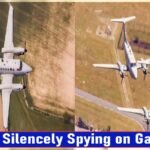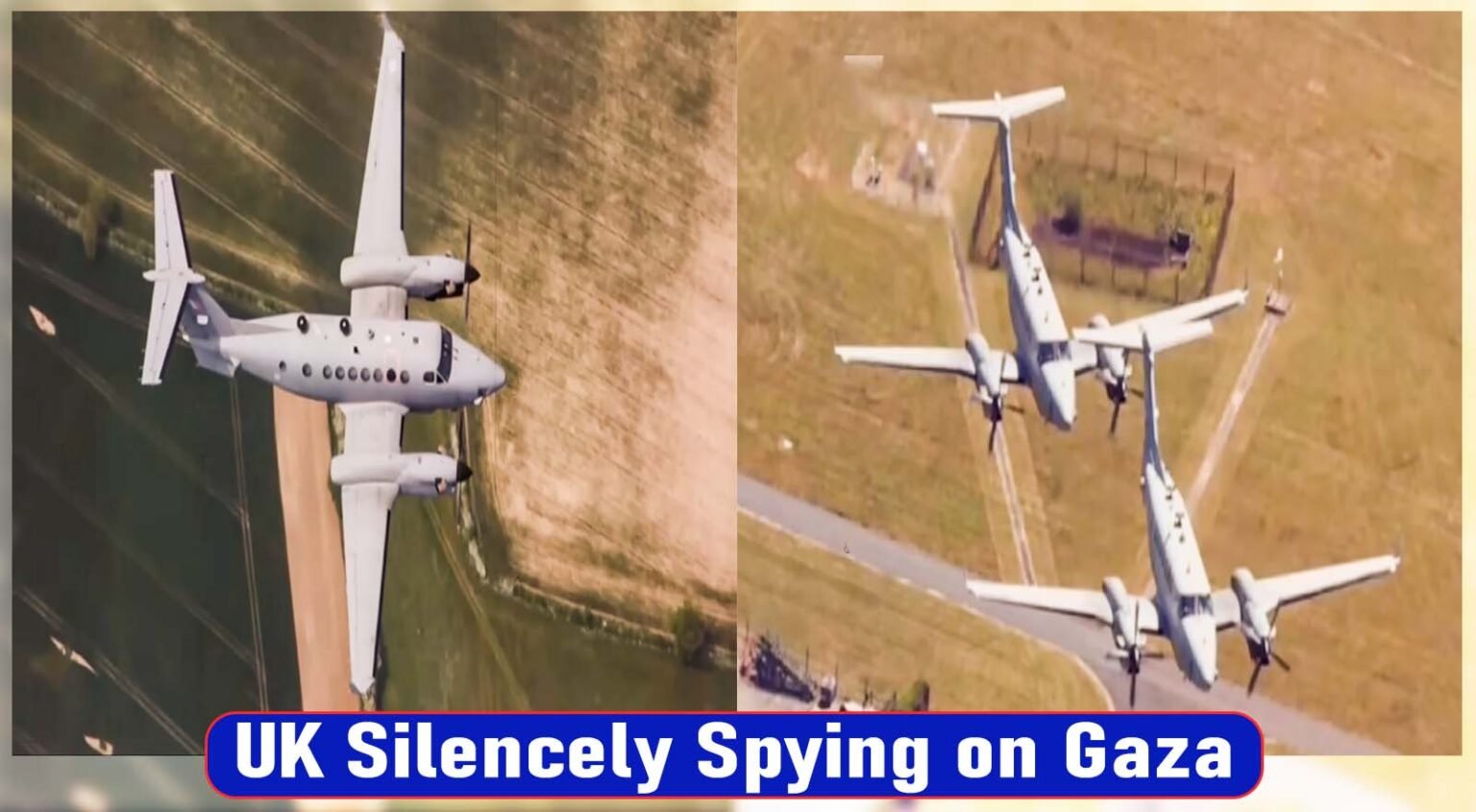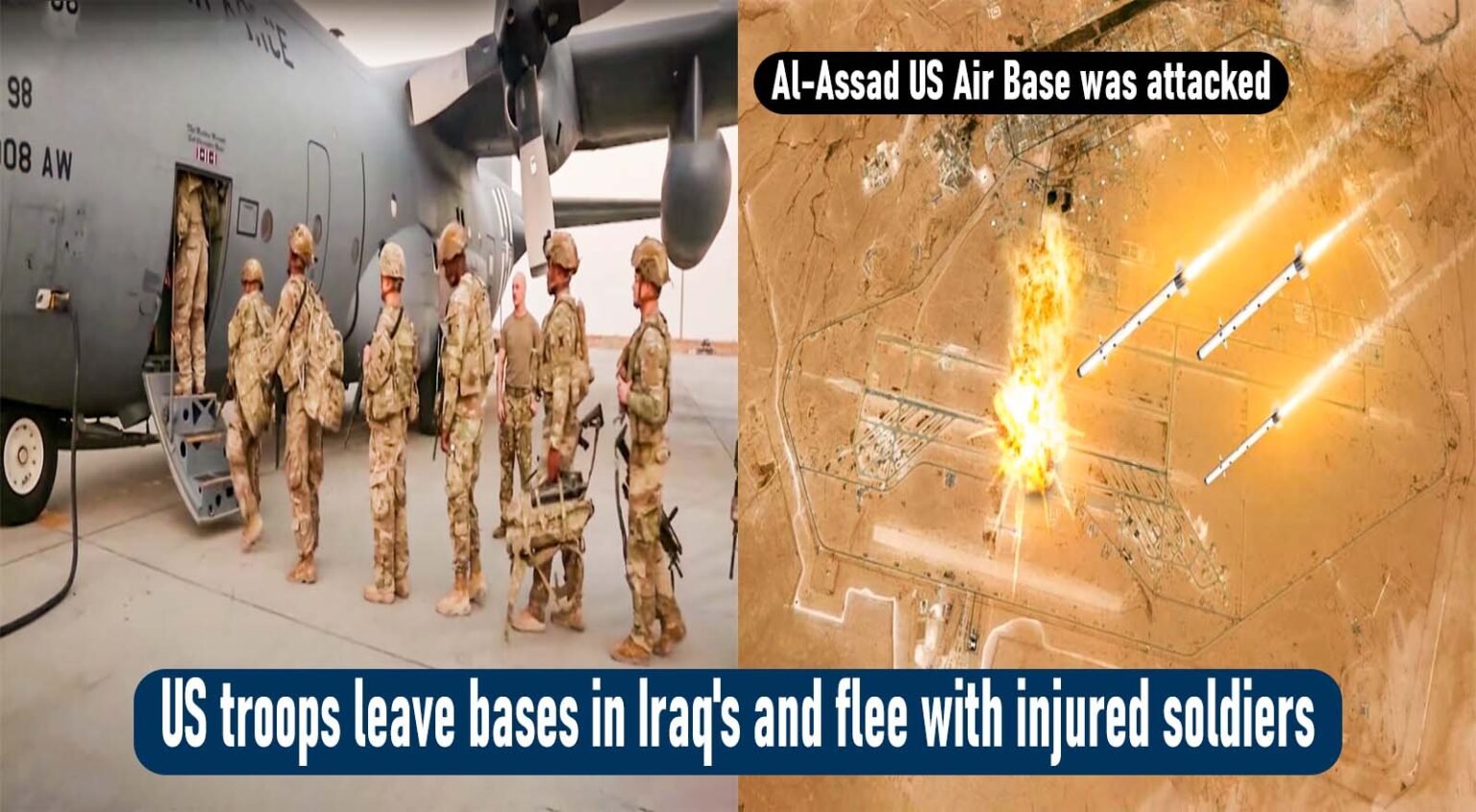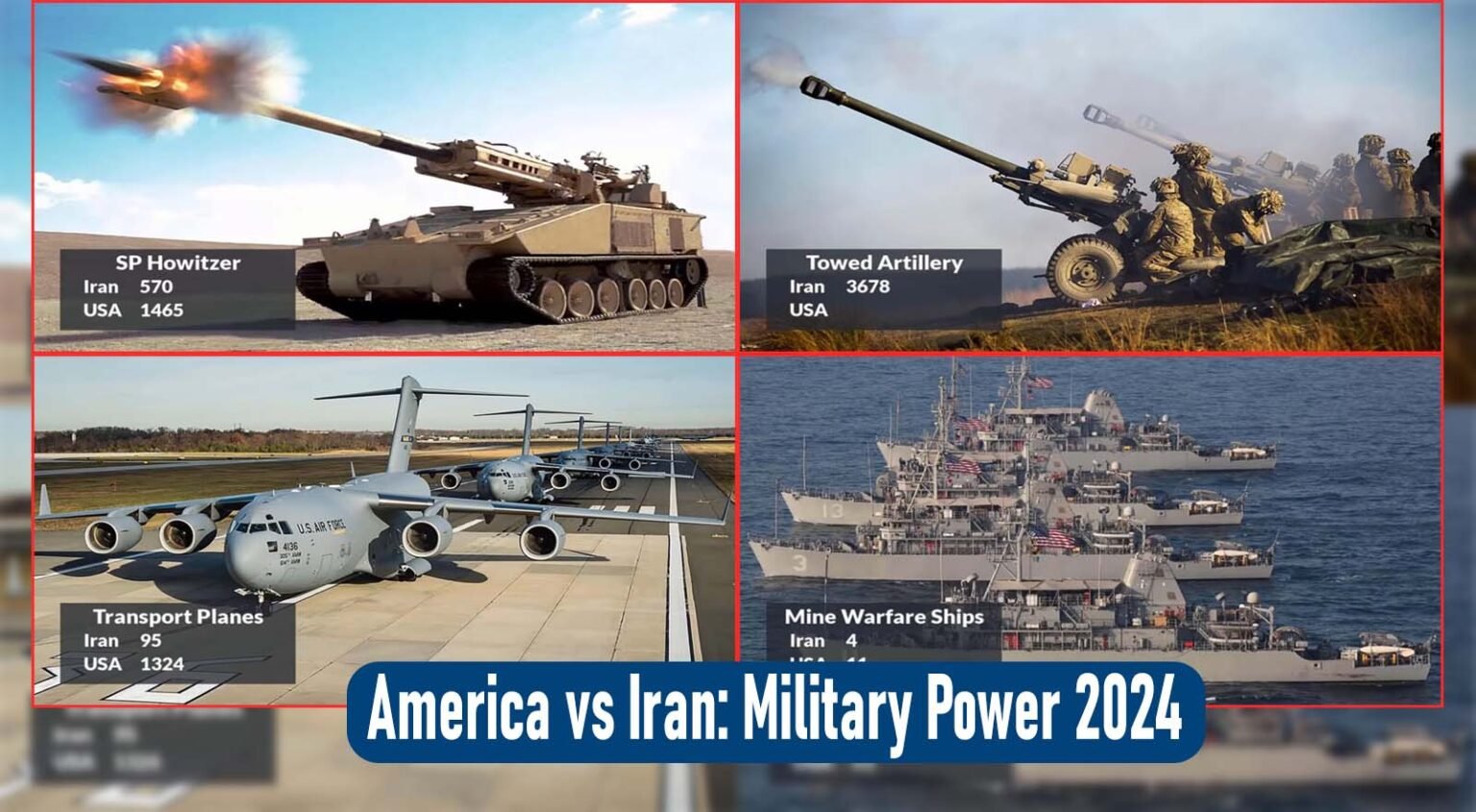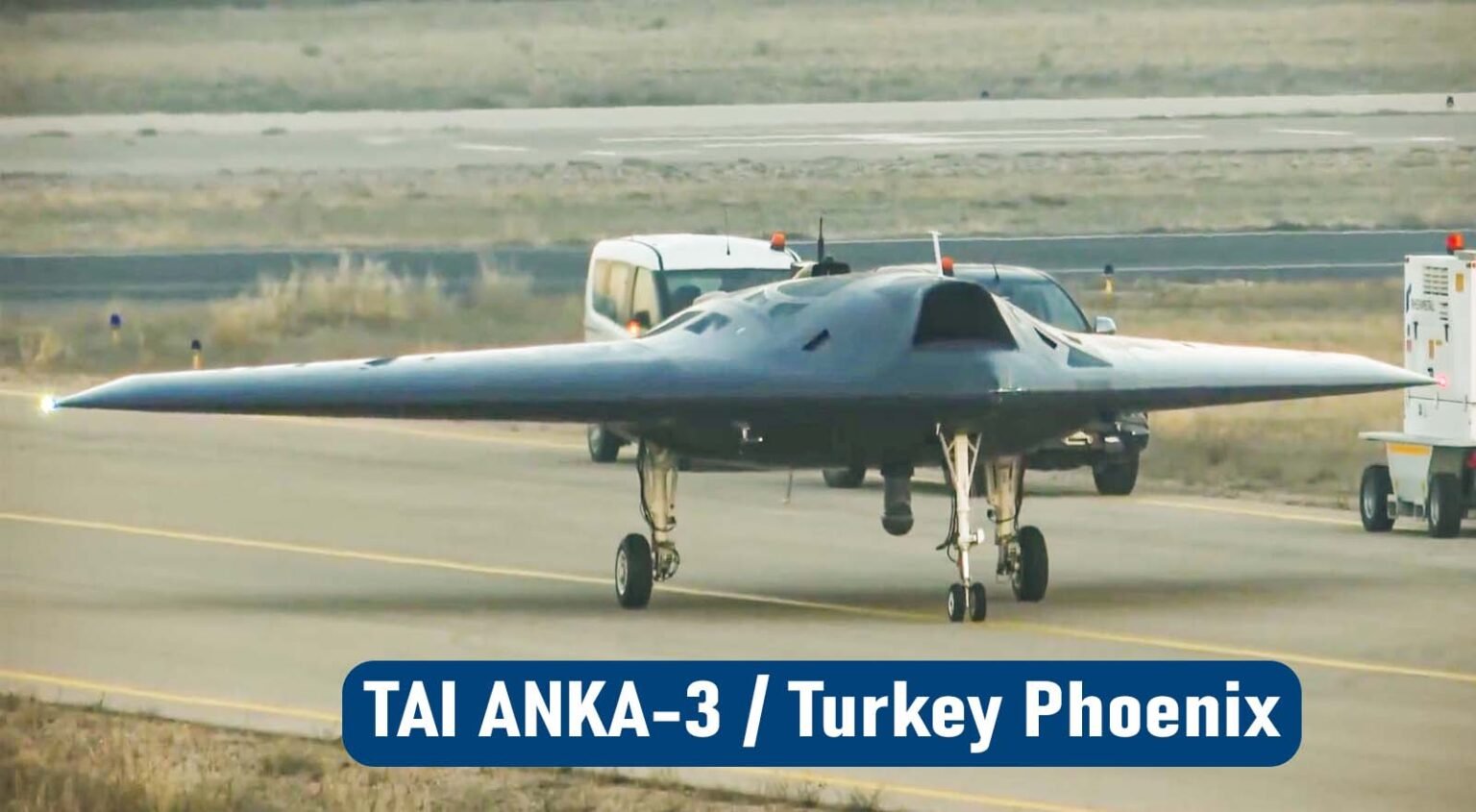American F-22 Raptor given its current state, it is arguably the world’s most capable fighter jet for air superiority. These fifth-generation jets can also conduct electronic warfare, ground attack, and signals intelligence. It boasts a blend of agility, stealth, and formidable fighting skills. There are two Bretton Whitney F1119 PW100 thrust vectoring turbofan engines powering this supersonic jet, with a maximum thrust of 35,000 pounds per engine. The F-22 can reach a maximum altitude of 65,000 feet and has a top speed of Mark 22. With two external fuel tanks, it can travel 3000 kilometers and has a maximum takeoff weight of 83,500 pounds. F-22 Raptor
The avionics consist of an integrated CNI suite, an ALR 94 electronic warfare system, a R 56 missile launch detector, an ASR radar, and an APG 77 V. Unverified reports claim that its radar can detect targets up to 1 m² in the air with an estimated range of 201–240 1 km, and targets up to 400 km with a narrow beam. The Raptor gets its first sight, first shot, and first important capabilities thanks to the radar system.
It is equipped with a 20mm gun and can carry GBU 39 small diameter bombs, JDAM precision guided missions, visible range air-to-air missiles, and Sidewinder short-range air-to-air missiles. The F-22 will be equipped with two sidewinder short-range missiles within the mount and six outer-of-visual-range MRAMs in its main weapons compartment for its primary air-to-air duty. The F-22 is capable of carrying weaponry and fuel tanks when stealth is not needed. Four firm points on the outside. F-22 Raptor
***** We have compared Turkish drones to. Some of these are HESA Shahed 136, Baykar Bayraktar Kızılelma and TAI ANKA UCAV and ANKA
***** You can check out the fighters F-16 Fighting Falcon, Sukhoi Su-57, F-35 Lightning II, TF-X KAAN, KAI KF-21 Boramae and Chengdu J-20.
***** We have compared this Sukhoi Su-57 vs F-35 Fighter jet, f-22 vs su-57, f-22 vs j-20, kf-21 Boramae vs tf-x KAAN, f-22 Raptor VS kf-21 Boramae, F-22 Raptor VS TAI TF-X KAAN, f-16 vs tf-x, f-35 vs f-16 and America vs Russia military power comparison 2024. If you are interested in the military, you can check it out by clicking here
F-22 Raptor Development:
F-22 Raptor- The F-15 Eagle and F-16 Fighting Falcon had to be replaced, and the US Air Force determined in 1981 that an Advanced Tactical Fighter (ATF) was required. The Soviet Union’s intelligence reports about new global threats, such as the introduction of the Berev A. “Mainstay” Airborne Warning and Control System (AWACS) aircraft, Sukhoi Su-27 “Flanker” and Mikoyan MiG-29 “Fulcrum” class fighters, and a new development of the Soviet surface-to-air missile system, had an impact on the air-superiority fighter program known as “Senior Sky.” -F-22 Raptor
The ATF was supposed to spearhead offensive and defensive counter-air operations (OCA/DCA) in this fiercely disputed terrain in the event of a potential invasion of Central Europe by the Soviet Union and the Warsaw Pact, which would thereafter allow NATO airstrikes. Damage to the ground structure; To achieve this, ATF will use cutting-edge technologies in fighter design, such as lightweight alloys, composite materials, enhanced avionics and flight control systems, a more potent propulsion system for supersonic cruise (or supercruise) over Mach 1.5, and most crucially, stealth technology, to make an ambitious performance leap. In May 1981, the USAF issued an ATF Request for Information (RFI) to the aerospace sector. -F-22 Raptor
To oversee the creation of concepts and technology, the USAF then established a Concept Development Team (CDT). CDT oversaw the program at Wright-Patterson Air Force Base and changed its name to the ATF Systems Program Office (SPO) in 1983. A Demonstration and Validation (Dem/Val) Request for Proposal (RFP) was released in September 1985, with a focus on stealth and supercruise, after a phase of concept refinement and system requirement development. After its initial release, the RFP underwent a few revisions. The necessity for stealth was substantially enhanced in December 1985, and in May 1986, flying technology demonstrator prototypes were added. -F-22 Raptor
Furthermore, the US Navy has finally declared that it will replace its F-14 Tomcat with an ATF variant as part of the Navalized Advanced Tactical Fighter (NATF) program. Groupings amongst corporations were encouraged because of the enormous expenditure needed to build the technology required to meet the standards. On October 31, 1986, Lockheed and Northrop were chosen from a pool of seven bidders.Then, Lockheed teamed up with General Dynamics and Boeing through its Skunk Works branch, while Northrop teamed up with McDonnell Douglas, and the two contracting parties granted fifty contracts.
The Mass Dem/Val Phase, YF-22 and YF-23, respectively, completes the flight tests of two technology demonstration prototypes; prototypes representing competing designs must be “best effort” vehicles meant to show the concept’s viability rather than perform a competitive fly off or represent production aircraft. Pratt & Whitney and General Electric were hired at the same time to create propulsion systems for the ATF engine competition.-F-22 Raptor

F-22 Raptor Design Overview:
F-22 Raptor- The USAF regards the fifth-generation F-22 Raptor as the fourth generation of stealth aircraft. It is an air superiority fighter. It is the first operational aircraft that combines stealth, supermaneuverability, supercruise, and sensor fusion into a single weapons platform so that it can carry out missions in heavily congested areas, mostly counter-air. The design of the F-22 blends aerodynamic performance with stealth. To reduce the radar cross-section, the planform and panel edges are aligned, and the surfaces have continuous curvature.
With four empennage surfaces and leading edge root extensions that extend to the top outboard corner of the caret inlets—where the inlets’ upper edges also meet the fuselage’s forebody chines—its clipped delta wings, resembling diamonds, are neatly integrated into the angular fuselage. Leading-edge flaps, flaperons, ailerons, rudders on the canted vertical stabilizers, and all-moving horizontal tails (stabilators) are examples of flight control surfaces. To increase drag and facilitate speed brake operation, ailerons deflect upward, flaperons downward, and rudders outward. The area rule is heavily applied to the airplane’s shape because of the emphasis on supersonic speed, and almost all of the fuselage volume is located ahead of the trailing edge of the wing. -F-22 Raptor
The stabilizers pivot from tail booms that extend aft of the engine nozzles. For stealth, weapons are carried inside the fuselage. A retractable tricycle landing gear, an emergency tailhook, and a refueling boom receptacle positioned on the aircraft’s spine are features. For survival, there is a fuel tank inerting system and a fire suppression system integrated. Fitted with pitch-axis thrust vectoring nozzles that have a ±20 degree range, the F-22’s twin Pratt & Whitney F119 enhanced turbofan engines are closely placed and completely integrated with the vehicle management system and flight controls.
A maximum thrust of 35,000 lbf (156 kN) is available for each engine. In terms of thrust-to-weight ratio, the F-22 has a maximum military power of almost unity at typical combat weight and a full afterburner ratio of 1.25. To achieve good total pressure recovery and effective supersonic flow compression, the caret inlets are offset from the forward fuselage in order to redirect the boundary layer and create oblique shocks with the upper inboard corners. With afterburners, the maximum speed is more than Mach 2 and is roughly Mach 1.8 at military power without external storage. -F-22 Raptor
Over 1,600 nmi (1,840 mi; 2,960 km) is the jet’s ferry range with 18,000 lb (8,165 kg) of internal fuel and an additional 8,000 lb (3,629 kg) in two 600-gallon exterior tanks.view from the back of a jet aircraft flying over mountains at dawn or dusk. Shock diamonds indicate that its engines are running at full blast.During testing, an F-22 aircraft with its Pratt & Whitney F119 engines running at full afterburner The F-22’s superior operating altitude and high cruise speed over earlier aircraft enhance the efficacy of its weaponry and sensors and boost its ability to withstand ground defenses such surface-to-air missiles.
Because it can maintain supersonic flight without the need for afterburners, or supercruise, it can intercept targets that aircraft that rely on afterburners would not be able to reach due to fuel constraints.Because there is no parasitic drag from external stores, the aircraft can retain comparatively higher performance than most other combat-configured fighters thanks to the usage of internal weapons bays. The engine and aerodynamics of the F-22 allow for normal combat speeds of Mach 1.5 at 50,000 feet (15,000 m).
This means that compared to previous aircraft, the employment range of air-to-air missiles is 50% greater and the effective range of Joint Decimal Attack Missiles is twice as long. High-strength materials are used extensively in its construction to survive the heat and strain of continuous supersonic flight. Titanium alloys and epoxy composites make up 42% and 24% of the structural weight, respectively. -F-22 Raptor
F-22 Raptor Start of production:
F-22 Raptor- With production starting in 1994 and going into service in the late 1990s, the USAF originally intended to acquire 750 ATFs at a total program cost of $44.3 billion and procurement expenditures of $26.2 billion in FY 1985 currency. Defense Secretary Dick Cheney oversaw a 1990 Major Aircraft Review that started in 1996 and reduced the number of aircraft to 648 by the early to mid-2000s.This was further lowered to 442 in a bottom-up review conducted in 1993 following the end of the Cold War, when the USAF ultimately determined that 381 was the minimum required to support its Air Expeditionary Force structure, with the last delivery occurring in 2013.
The volatility of funding has, however, lessened. Congress nearly put an end to production in 1999, when the total stood at 339 by 1997. Production money was later recovered, but delays and cost overruns during EMD caused the anticipated number to keep falling, reaching 277 by 2003. The Department of Defense, under Secretary Donald Rumsfeld, further decreased the planned F-22 acquisition to 183 production aircraft in 2004, despite the USAF’s need for 381 of them, with an emphasis on asymmetric combat in Iraq and Afghanistan. In order to increase the number to 183, a multi-year procurement contract was issued in 2006 and was to be split among seven fighter squadrons.
The program’s total expenses are estimated to be $62 billion ($87 billion in 2022). A defense budget bill passed by Congress in 2008 brought the total number of aircraft ordered into production up to 187.95,000 people will be employed by the F-22 production, which will sustain more than 1,000 suppliers and subcontractors across 46 states at a peak rate of roughly two aircraft per month for 15 years—almost half the initially projected rate.
September 2000 saw the delivery of the first manufacturing lot after the EMD Aircraft deal. The total program costs were estimated at $67.3 billion in 2011 as production slowed, or roughly $360 million for each production aircraft. Of those costs, $32.4 billion went toward research, development, testing, and evaluation (RDT&E) and $34.9 billion toward procurement and military construction (MILCON). An extra F-22 was projected to cost an additional $138 million in 2009 ($184 million in 2022).
195 F-22s were produced in total. The third aircraft was a Block 2.0 designed to replicate the internal structure of the production airframe and allow complete flight load testing, whereas the first two were EMD aircraft for early flight testing and envelope expansion of the Block 1.0 configuration. Six further EMD aircraft, the last two of which were initially thought to be production-quality jets, were constructed in Block 10 form for development and upgrade testing.
A total of 186 (or 187 when production representative test vehicles are taken into consideration) Block 10/20 training aircraft and 112 Block 30/35 combat aircraft for operational squadrons were produced. At the Air Force Base in California, Edwards received a dedicated Block 30 aircraft. -F-22 Raptor

F-22 Raptor Technology and Cockpit:
F-22 Raptor- The glass cockpit of the F-22 features all-digital flight instrumentation. It is the primary flight instrument and shows a large field of view in monochrome. A six-color liquid-crystal display (LCD) panel is also used to display information. Two throttles and a force-sensitive side-stick joystick are the main flight controls. Direct voice input (DVI) control was originally intended by the USAF, but it was shelved because it was deemed to be too technically dangerous.
The canopy is 360 pounds in weight and is roughly 140 inches long, 45 inches broad, and 27 inches tall (355 cm × 115 cm × 69 cm). The original design of the canopy lasted an average of 331 hours instead of the needed 800 hours, therefore it was changed.
The radio capability of the F-22 is integrated, with virtualized signal processing systems in place of discrete hardware modules. A keypad system for communications, navigation, and autopilot data entering is called the Integrated Control Panel (ICP). Around the ICP, two 3 in × 4 in (7.6 cm × 10.2 cm) up-front screens are used to provide CNI and alert advisory/warning (ICAW) data. They also act as a backup flight instrumentation group and fuel. Redundancy amount indication. The primary meteorological equipment, the artificial horizon, is shown by the stand-by flight group.
Positioned beneath the ICP, the 8-inch × 8-inch (20 cm × 20 cm) primary multi-function display (PMFD) is utilized for scenario assessment and navigation. For tactical information and shop management, three supplementary multi-function displays measuring 6.25 in × 6.25 in (15.9 cm × 15.9 cm) are positioned surrounding the PMFD. With an ejection control located in the center, the ejection seat is a typical ACES II variant found on USAF aircraft. An onboard oxygen generating system (OBOGS), protective pilot gear, and a breathing regulator/anti-g (BRAG) valve that regulates flow and pressure in the pilot’s mask and gear are just a few of the intricate life support systems found on the F-22.
The pilot suits were created under the Advanced Technology Anti-G Suit (ATAGS) project to defend against chemical and biological threats and cold water immersion, counter G-force and low pressure at high altitudes and give thermal comfort. The life support system was subsequently updated with a new flight vest valve and an automated backup oxygen system in response to a number of hypoxia-related issues. The ejection seat in a combat situation is equipped with a modified M4 carbine known as the GAU-5/A. -F-22 Raptor
F-22 Raptor Top speed and performance:
Maximum speed: 1.21, 800 knots (921 mph; 1,482 km/h) at sea level; 1.82, 1,220 mph (1,963 km/h) Supercruise at altitude; Mach 2.25, 1,500 mph (2,414 km/h) at height
Range: up to 3,000 km (1,800 mi) or 1,600 nmi with two external fuel tanks
460 nmi is the combat range (530 mi, 850 km) 100 nmi (115 mi, 185 km) of pristine supercruise
590 miles (1,093 kilometers) pristine subsonic
Ferry range: 3,220 km / 1,740 nmi / 2,000 mi
Service ceiling: 20,000 meters, or 65,000 feet
g-limitations: +9.0/−3.0
Wing loading: 377 kg/m2 or 77.2 lb/sq foot
Thrust/weight: 1.08 (1.25 with 50% internal fuel and loaded weight) -F-22 Raptor
F-22 Raptor Subtypes of the Raptor:
F-22A: Originally known as F/A-22A, the single-seat variant was produced in 195 units, comprising 8 test and 187 production aircraft, in the early 2000s.
F-22B: To reduce development costs, the two-seat version that was intended was scrapped in 1996, and test aircraft orders were switched to F-22A.
Naval F-22 variant: The Navy Advanced Tactical Fighter (NATF) program of the United States Navy is planning to replace the F-14 Tomcat with a carrier-borne F-22 derivative featuring variable-sweep wings. In 1991, the show was canceled. -F-22 Raptor
F-22 Raptor No export roll:
F-22 Raptor- Federal legislation in the United States prohibits the export of the F-22 due to its stealth technology and classified features. Buyers of American fighters are purchasing older models like the F-15 Eagle and F-16 Fighting Falcon or the more recent F-35 Lightning II, which incorporates F-22 technology but was created to be more affordable, adaptable, and exportable.50] The congressional ban on international sales of F-22s was upheld in September 2006. A report on the costs and viability of an F-22 export variant as well as a report on the impact of F-22 export sales on the US aerospace industry were mandated by the 2010 defense authorization bill, despite the ban.
Politicians and defense analysts in Australia suggested that Australia try to acquire F-22s rather than the F-35s that are planned, pointing to the F-22’s proven capabilities and the F-35’s delays and developmental concerns. The F-22 was quickly found to be incapable of carrying out the strike and close air support tasks of the F-35 by the Royal Australian Air Force (RAAF).The F-22 was also viewed favorably by the Japanese government for their replacement fighter program. If the Japan Air Self-Defense Force (JASDF) acquired the F-22, it would presumably need fewer planes to fulfill its mission, which would save engineering and personnel expenditures.
It was reported in 2009 that the government of Japan would need to increase its defense budget over the historical 1 percent of GDP in order to purchase the F-22. In December 2011, with the F-22 production coming to an end, Japan opted for the F-35. Although Israel also indicated interest, the F-22’s cost and unavailability led them to ultimately select the F-35. -F-22 Raptor

| Initial specifications | Crew: 1 Length: 18.92 meters, or 62 feet and one inch Wingspan: 44 feet 6 inches (13.56 meters) Height: 16 feet 8 inches (5.08 meters) Wing: 840 sq ft (78.04 m2) Aspect ratio:2.36 Airfoil: NACA 6 series airfoil Weight empty: 43,340 lbs (19,700 kg) Weight total: 64,840 lb (29,410 kg) Weight limit for takeoff: 83,500 lb (38,000 kg) Fuel capacity: 1,8,000 pounds (8,200 kg) when stored internally, or 26,000 pounds (12,000 kg) when two 2x 600 US gal tanks are used. Power plant: The engine is a pair of enlarged Pratt & Whitney F119-PW-100 turbofans, each capable of thrusting 26,000 lbf (116 kN) dry and 35,000 lbf (156 kN) with an afterburner |
| Armament | Missiles: Weapons: M61A2 Vulcan rotary gun, 1×20 mm, 480 rounds Inside the weapon bays: Air-to-air: 6× AIM-120C/D AMRAAM or 4× AIM-120A/B AMRAAM 2× Sidewinder for AIM-9M/X Mission loadout for air-to-ground: 2 x 1,000 lb (450 kilogram) 8× 250 lb (110 kg) or JDAM GBU-39 SDB 2× AIM-120 AMRAAM 2× Sidewinder, AIM-9 Hard point (external): Weapons can be installed on 4× under-wing pylon stations, each of which has a 5,000 lb (2,270 kg) or 600 US gallon (2,270 L) capacity. lower tanks. Four external AIM-120 AMRAAM units |
| Avionics | Missiles: Weapons: M61A2 Vulcan rotary gun, 1×20 mm, 480 rounds Inside the weapon bays: Air-to-air: 6× AIM-120C/D AMRAAM or 4× AIM-120A/B AMRAAM 2× Sidewinder for AIM-9M/X Mission loadout for air-to-ground: 2 x 1,000 lb (450 kilogram) 8× 250 lb (110 kg) or JDAM GBU-39 SDB 2× AIM-120 AMRAAM 2× Sidewinder, AIM-9 Hardpoint (external): Weapons can be installed on 4× under-wing pylon stations, each of which has a 5,000 lb (2,270 kg) or 600 US gallon (2,270 L) capacity. lower tanks. Four external AIM-120 AMRAAM units |
***** We have compared Turkish drones to. Some of these are HESA Shahed 136, Baykar Bayraktar Kızılelma and TAI ANKA UCAV and ANKA
***** You can check out the fighters F-16 Fighting Falcon, Sukhoi Su-57, F-35 Lightning II, TF-X KAAN, KAI KF-21 Boramae and Chengdu J-20.
***** We have compared this Sukhoi Su-57 vs F-35 Fighter jet, f-22 vs su-57, f-22 vs j-20, kf-21 Boramae vs tf-x KAAN, f-22 Raptor VS kf-21 Boramae, F-22 Raptor VS TAI TF-X KAAN, f-16 vs tf-x, f-35 vs f-16 and America vs Russia military power comparison 2024. If you are interested in the military, you can check it out by clicking here
If you want to go to the site of the American Air Force to confirm about the US Fighter, then click here


